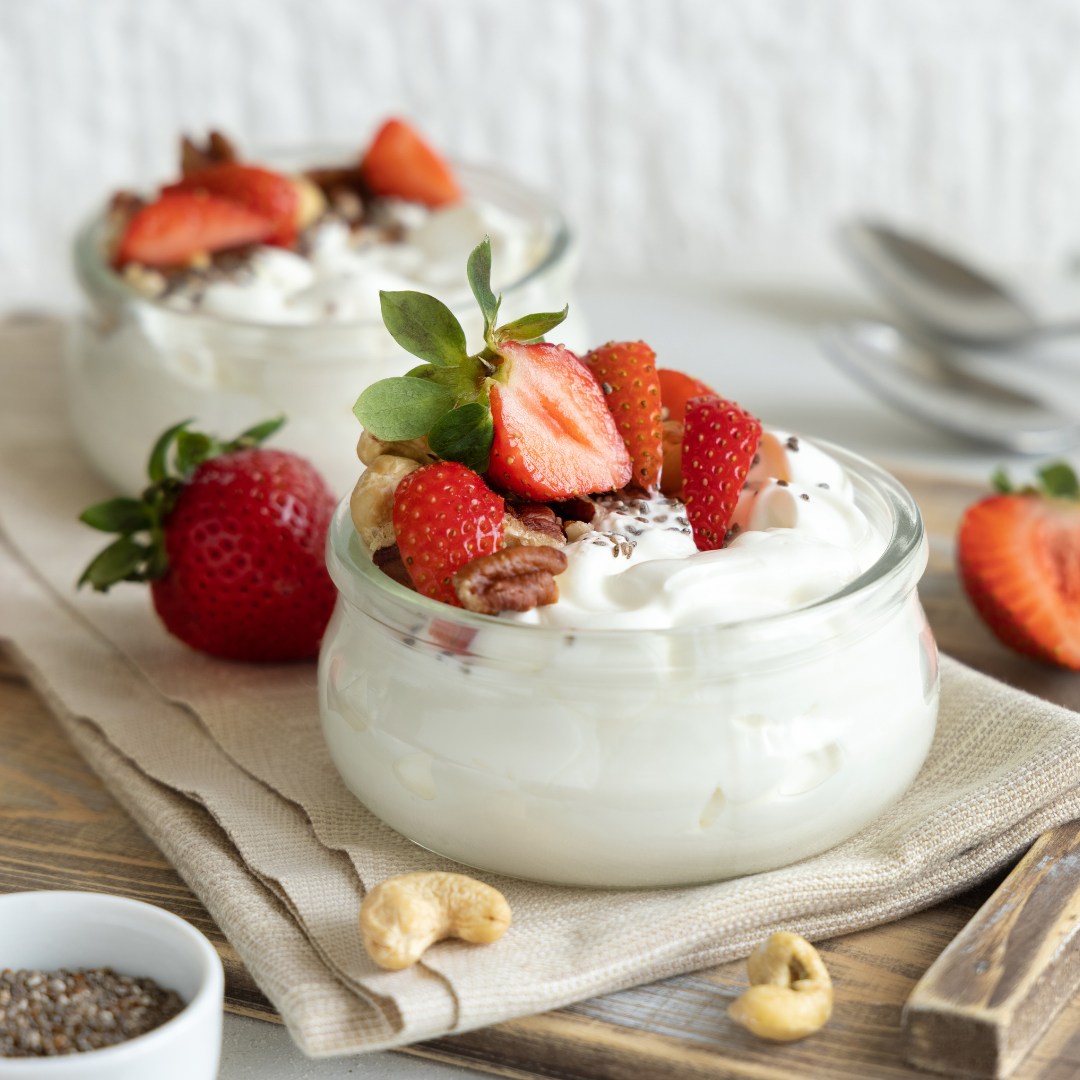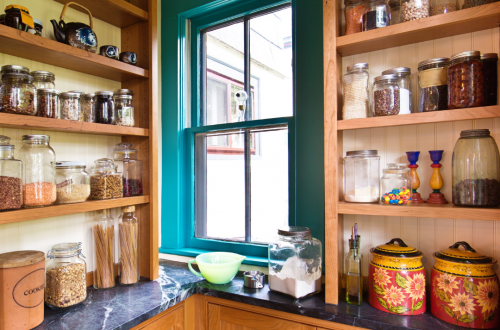
High Protein Snacks: Energizing Options for a Healthy Lifestyle
High-protein snacks are an essential addition to any healthy diet, particularly for those looking to maintain muscle mass or lose weight. Incorporating high-protein options can enhance protein intake, promote satiety, and support appetite regulation. These snacks can keep hunger at bay between meals, making it easier to stick to dietary goals.
Individuals seeking convenient and satisfying snack options will find that high-protein snacks offer both variety and nutrition. From nuts and yogurt to protein bars and jerky, these choices can fit seamlessly into a busy lifestyle while providing essential nutrients. The right high-protein snacks can help replenish energy levels and support an active routine.
Understanding the benefits of high-protein snacks enables better food choices. By selecting snacks that are rich in protein, individuals can better manage hunger and contribute to their overall health and wellness goals.
Benefits of High Protein Snacks
High-protein snacks provide significant advantages for muscle health, weight management, and overall dietary balance. These snacks can help individuals meet their protein needs while contributing to a healthy lifestyle.
Muscle Mass and Bone Health
Protein is essential for building and maintaining muscle mass. Increased protein intake supports muscle repair and growth, particularly after exercise.
Protein-rich foods supply the necessary amino acids that aid in muscle synthesis.
In addition to muscle health, adequate protein consumption contributes to bone health. Studies show that higher protein intake can strengthen bones and reduce the risk of fractures, especially in older adults.
Examples of high-protein snacks include Greek yogurt, cottage cheese, and protein bars. Each option can effectively support muscle and bone density when incorporated into a balanced diet.
Weight Management and Satiety
High-protein snacks play a pivotal role in weight management. They promote satiety, which helps individuals feel fuller for longer.
This satisfaction can reduce the likelihood of overeating throughout the day.
Protein influences the hormones related to hunger, which aids in appetite control. Snacking on protein-rich options can prevent unhealthy snacking on sugary or high-calorie foods.
Examples include hard-boiled eggs, jerky, or nuts. These choices combine healthy fats and protein, making them ideal for those looking to manage their weight effectively.
Macronutrient Balance and Healthy Diet
Incorporating high-protein snacks into daily meals supports a balanced macronutrient profile.
A diet that includes adequate protein, healthy fats, and carbohydrates can enhance nutritional quality. This balance promotes energy levels and overall well-being.
For adults, protein needs vary but generally range from 46 grams for women to 56 grams for men daily. High-protein snacks can easily bridge this gap.
Moreover, these snacks offer versatility, fitting into various diet plans, such as ketogenic or low-carb diets. By choosing protein-focused options, individuals can maintain a nutritious eating pattern while enjoying their snacks.
Types of High-Protein Snacks
High-protein snacks can be categorized into animal-based and plant-based options, along with various dairy products. Each category offers unique snacks that can support nutritional needs and preferences.
Animal-Based Protein Snacks
Animal-based protein snacks are packed with essential amino acids. Common options include beef jerky, which is portable and rich in protein, making it ideal for on-the-go snacking.
Tuna is another excellent choice, providing protein and omega-3 fatty acids. It can be enjoyed straight from the can or mixed into salads. Eggs, particularly hard-boiled, are a convenient option, offering high protein content and versatility.
Cheese varieties like string cheese and hard cheese provide a satisfying snack. They are rich in calcium and protein, making them a popular choice among snackers.
Plant-Based Protein Snacks
Plant-based protein snacks cater to those preferring vegetarian or vegan options. Legumes, such as lentils and chickpeas, can be roasted to create crunchy snacks.
Edamame is another high-protein choice, often served steamed and sprinkled with sea salt. Roasted chickpeas provide fiber along with protein and can be seasoned in various ways for added flavor.
Nuts like almonds and pumpkin seeds are nutrient-dense, offering healthy fats and protein. These snacks are easy to incorporate into daily diets and can be eaten alone or added to trail mixes.
High Protein Dairy Options
Dairy products are significant sources of protein and calcium. Greek yogurt stands out for its high protein content compared to traditional yogurt. It can be enjoyed plain or mixed with fruits and nuts for a balanced snack.
Cottage cheese is another nutritious option that pairs well with fruits or can be consumed alone. Both Greek yogurt and cottage cheese offer flexibility in recipes and snacks, catering to various taste preferences.
These high-protein dairy options provide essential nutrients, making them suitable for snacking at any time of the day.
Healthy Snacking Habits
Establishing healthy snacking habits is essential for achieving protein goals and maintaining overall nutrition. Focusing on portion control and combining macronutrients effectively can enhance the benefits of high-protein snacks.
Portion Control and Timing
Effective portion control prevents excessive calorie intake while allowing one to savor snacks. It is useful to measure snacks ahead of time using tools such as measuring cups or a food scale. A sample portion could be 20-30 grams of nuts or a small Greek yogurt.
Timing also plays a critical role. Snacking between meals, particularly in the afternoon, helps sustain energy levels. A well-timed snack can stabilize blood sugar and prevent overeating at meals. Planning snacks before hunger strikes can lead to healthier choices.
Combining Macronutrients
Combining macronutrients in snacks offers balanced nutrition. A snack should ideally include protein, healthy fats, and fiber to promote satiety and energy.
For example, pairing apple slices with almond butter provides carbohydrates, fiber, and healthy fats. Proteins can be included through sources such as Greek yogurt or cottage cheese.
This combination not only aids in muscle repair due to the amino acids in protein but also keeps hunger at bay longer. Mindful snack choices contribute to meeting protein goals while still enjoying a variety of flavors.
Easy High-Protein Snack Recipes
High-protein snacks can be nutritious and easy to prepare. Different types of snacks can cater to various preferences and dietary needs, ensuring everyone finds something appealing.
No-Cook Protein Snacks
No-cook protein snacks save time while providing essential nutrients. Popular choices include apple slices with peanut butter for a sweet and satisfying combination.
Canned tuna or salmon mixed with a touch of mustard or olive oil offers a quick, protein-rich option. For a crunchy alternative, a portion of trail mix made with nuts and seeds delivers healthy fats and protein.
Hard-boiled eggs provide an excellent source of protein and are easy to prepare in advance. Other options include yogurt parfaits layered with berries and granola for a balanced snack.
Homemade Energy Bites and Bars
Homemade energy bites and bars are versatile and easy to customize. A basic recipe includes nut butter, rolled oats, and honey, mixed together and formed into bite-sized balls. Adding chia seeds boosts the protein content while providing fiber.
Alternative ingredients like dark chocolate chips, dried fruits, or coconut flakes enhance flavor and texture. These snacks can be refrigerated for quick access throughout the week.
For bars, a blend of protein powder with oats and nut butter binds the ingredients, allowing for convenient portions. Experimenting with flavors like vanilla, cocoa, or cinnamon can keep these snacks exciting.
Protein Smoothies and Shakes
Protein shakes offer a quick way to increase protein intake. A simple recipe blends Greek yogurt or cottage cheese with fruits like bananas or berries, creating a creamy texture.
For added nutrition, including spinach or kale provides vitamins without altering the taste. Incorporating ingredients like peanut butter or protein powder enhances the protein content effectively.
Another option is a chia pudding made with chia seeds, almond milk, and natural sweeteners. This snack is not only high in protein but also rich in omega-3 fatty acids. With endless combinations, shakes and smoothies can cater to different taste preferences and dietary restrictions.





